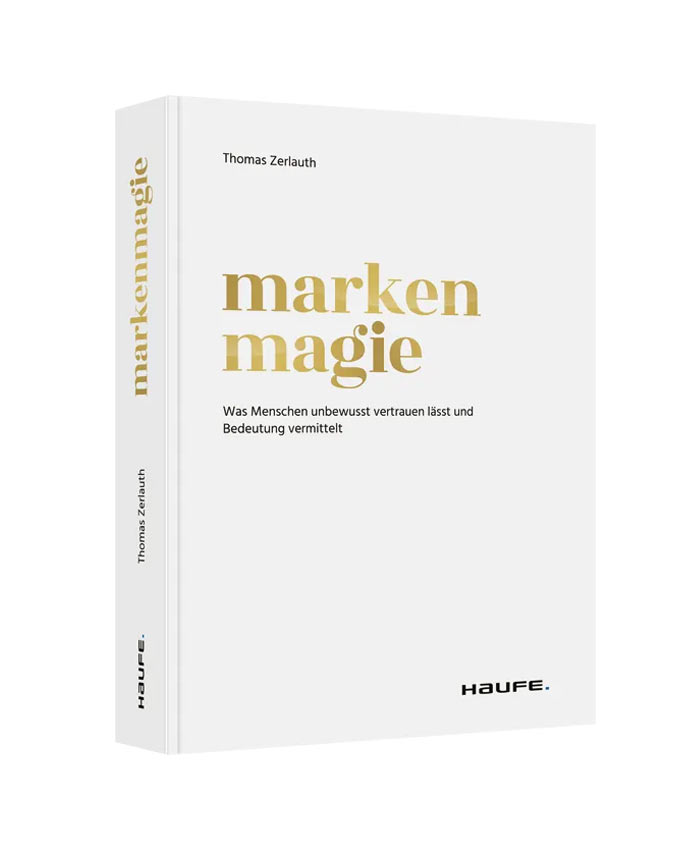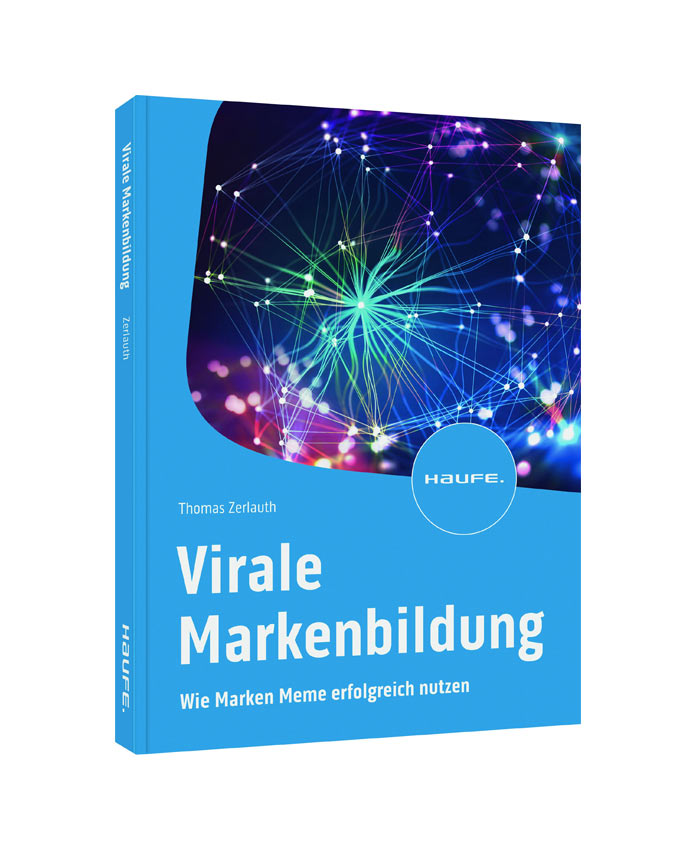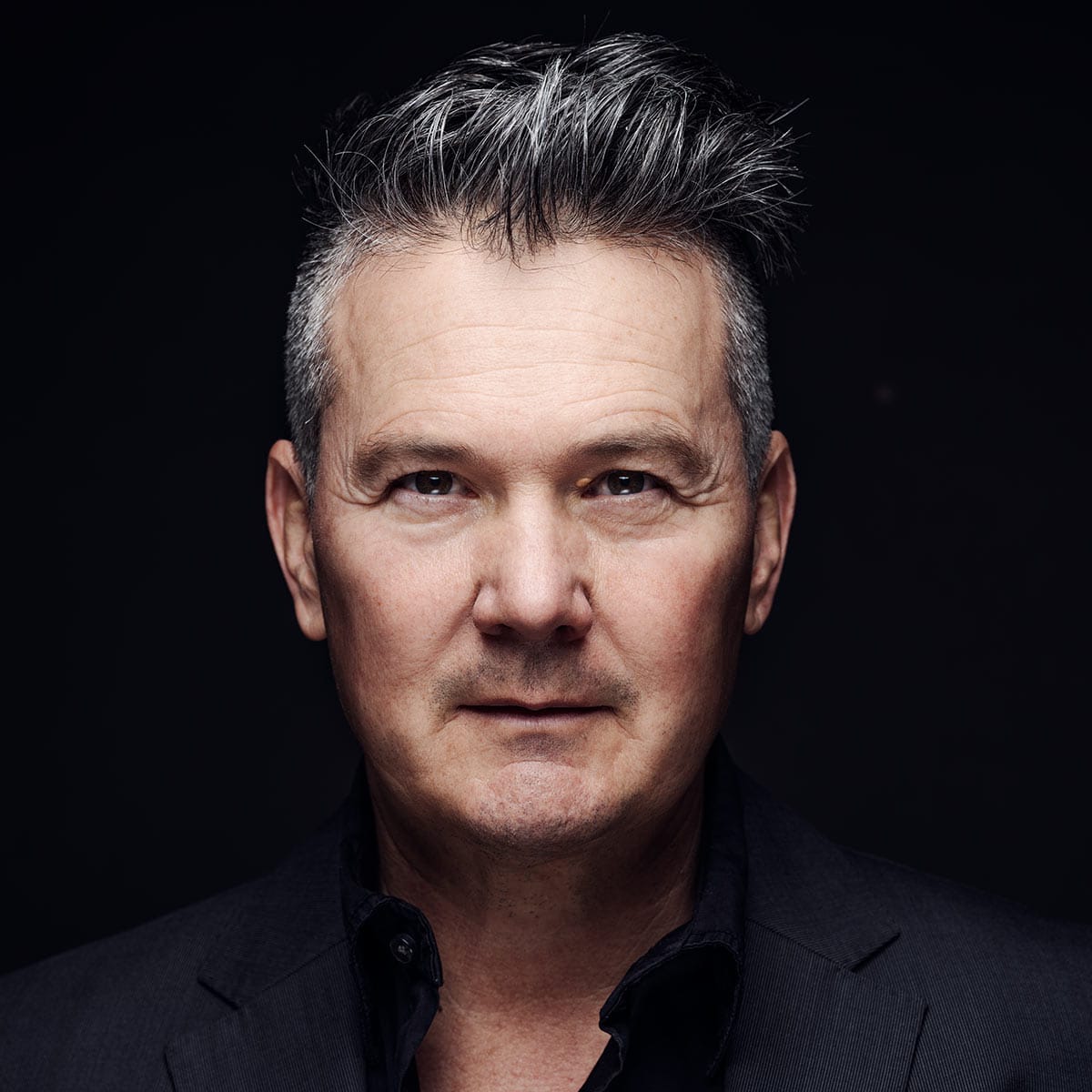A surprising number of entrepreneurs and marketers have no coherent idea of what is meant by a brand and what transformative power lies within it. I specialize in designing strong and iconic brands that make people trust and convey intuitive meaning.




